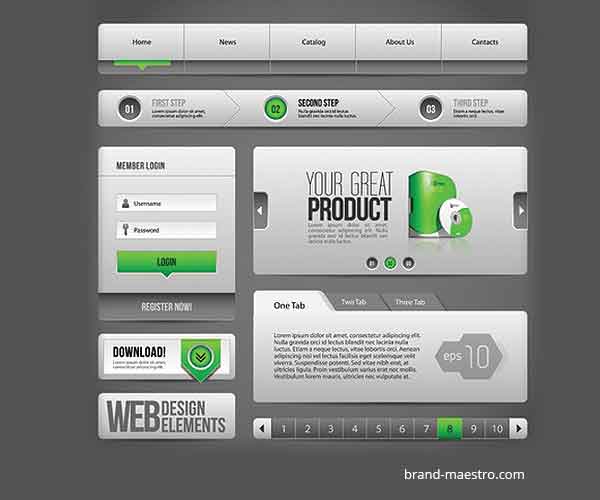Tips To Keep Framework Development Bug-Free And Simple
Before reaching an organized reviewing process, the team has to work closely with customers to test the concepts before coding. Therefore, involving customers from day one, letting them share ideas and give feedbacks is one of the primary tip to solve a problem in the best possible way. In addition, there are a few simple tips that you can adopt for bug-free development process.
Stage before coding
Keep in mind that “broken” is not just related to parse errors. Broken user flows and bad ideas kill a project. So, its better to start with sketching. It is not strange for a designer to draw a several hundred concepts for every user view or flow, and meet a client with 40 -50 pages in hand. Yes, they are handy, easy to make and throw. If your hand cannot do the trick, it is better to rely on some efficient sketching tools to help avoid problems at high levels. Especially, when it comes to responsive web design, every page must contain different configurations for a range of screen sizes, device potentials and other factors.
A quick drawing illustrates:
-
What does not appear or appear on every page, per configuration
-
How the elements have been arranged
-
How small the images look on mobile devices
Sketching different sizes of the same site will help you to forecast the design problems before they actually occur.
Visual checklist of responsive designs
A mobile application designer is by far a visual being. When they create responsive designs, they tend to consider the desktop sketch first to help clients get a better grasp of the style and structure. Yet, the end product has to be mobile friendly! Follow this visual checklist:
-
Print your work. Nothing can beat a hard copy for instant, throw-away edits.
-
Circle the call- to-action points on the page.
-
Keeping aside those elements that draw a direct path to the circled points, cross out the rest. For example: if you are designing a marketing website, it can comprise of a banner, a text for about a paragraph. Cross out the sidebar, zap the navigation bar and the footer. There is no need to show mercy. It is only a piece of paper.
-
It is recommended that you sketch out analog with detail. Lay out a mobile version of the page with essential elements defined earlier.
-
Once you rough out those elements, add the elements you crossed out previously, but it should assist the entire site like link-laden footer or navigation.
The left out stuffs are the essential elements and mainstay of the page.
Execution in real-life scenarios
Only resizing your browser window will not stand tall for responsive web design. The design thinking process of responsive web design companies should consist of numerous feedbacks and quick iterations. As soon as you begin to code, you should start testing. The new versions of the framework have to support around a dozen of diverse devices to catch most use cases. The best practice comprises of testing works on live servers, but before you deploy it and obviously before you release it.
Using spreadsheet tracking system
Without overhead, it is hard to solve design and technical problems. So, it is better if you rely on a shared Google spreadsheet for tracking what is working and what is not. Make separate color backgrounds to indicate:
-
What failed
-
What is working
-
What is working partially
-
What has not yet been tested
Each column of the spreadsheet will describe a page or view per stage. For example: users and administrators may view the same dashboard, but with diverse controls. Put them in two separate columns.
As the bugs and errors get fixed, change the colored boxes into green. This is a great way to solve problems related to responsive web design pretty quick and a better way to keep things under supervision.












I loved the idea of quick drawing illustrations before getting to actual coding. Being a developer, I know we consider coding first, which often results in bad designs and numerous errors.